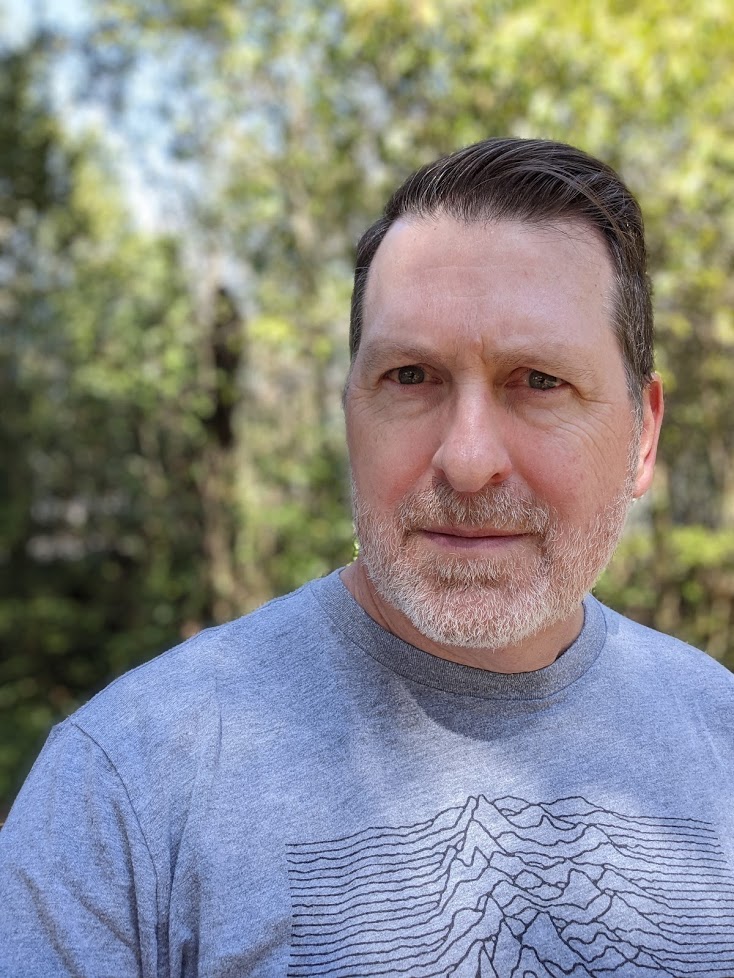In the darkened history room, we saw
the blinding flash and mushroom cloud
in grainy black and white: an imploding
instant, an expanding light, the rumbling voice
of God. Then a cut to the ruined city
with voice-over narration.
Later, a quiz asked for answers:
Tinian and Tibbets,
“Enola Gay” and “Little Boy,”
August 6, 1945,
9,000 pounds, 20,000 tons,
32,000 feet, four square miles,
100,000 and 100,000.
But what did we learn? And what
did we even see as the light flickered
over tired eyes still adapting to life
without recess? Was it just a test
or was it death? Perhaps decency
demanded an edit, and a simple splice
took us from test footage in New Mexico
to the aftermath in Japan. Or perhaps not.
We may have seen the blast itself,
and somewhere in the smallest grains
of this old film were the melting eyes,
the swelling skin, the smaller explosions.
Somewhere in the depths of that screen —
far beyond our vision — the people
of Hiroshima, their lives floating past
like paramecia on a thick slide.

